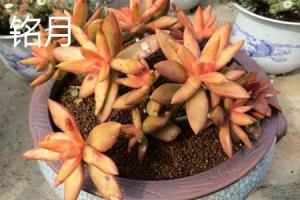Introduction
Plants and trees are one of the most essential parts of the ecosystem. They not only provide oxygen, but they also add moisture to the air. In this article, we will discuss how plants and trees add moisture to the air and why it is vital for our survival.
The Science Behind Adding Moisture to the Air
Plants and trees release water vapor into the air through a process called transpiration. Transpiration is the process by which water is absorbed by the root system of plants and then released into the atmosphere through microscopic pores on the surface of the leaves, stems, and flowers. When the water vapor is released from the leaves, it combines with the air, increasing its humidity level. Therefore, plants and trees add moisture to the air through transpiration.
The Importance of Moisture in the Air
Adding moisture to the air is critical as it affects various aspects of our lives. The humidity level in the air has a significant impact on our health, comfort, and even our environment. Low humidity levels can cause dry skin, respiratory problems, and increase the chances of getting infections. On the other hand, high humidity levels can cause an increase in allergens, mold, and dust mites, leading to several health problems.
Plants and Trees Help Regulate Humidity Levels
One of the critical roles that plants and trees play is regulating the humidity levels in the air. They do so by absorbing the moisture in the air and releasing it back into the atmosphere through transpiration. The moisture released from the plants creates a microclimate around them, which can lower the temperature and increase the humidity levels in the surrounding environment.
How Trees and Plants Help Prevent Droughts
Drought is a severe issue for many regions, and the addition of moisture to the air by plants and trees plays a crucial role in preventing droughts. Transpiration from plants and trees helps to create condensation, which then forms clouds, and eventually, rainfall occurs. Therefore, plants and trees play a significant role in the water cycle, which ultimately helps in preventing droughts.
The Negative Impact of Deforestation on Humidity Levels
Deforestation is a severe issue that leads to several negative impacts on the environment, including a decrease in humidity levels. When forests are destroyed, the transpiration process stops, leading to a reduction in the moisture content in the surrounding environment. This can cause problems such as soil erosion, reduced soil fertility, and even desertification.
Conclusion
In conclusion, plants and trees play a vital role in adding moisture to the air, which is essential for our survival. The humidity levels in the environment affect our health, comfort, and even the ecosystem. Therefore, we must take care of our plants and trees to ensure that they can continue to regulate the humidity levels in the environment and prevent droughts. Additionally, we must take steps to prevent deforestation and protect our natural resources. By doing so, we can ensure that the air we breathe remains healthy and conducive to our well-being.

 how many times do yo...
how many times do yo... how many planted tre...
how many planted tre... how many pine trees ...
how many pine trees ... how many pecan trees...
how many pecan trees... how many plants comp...
how many plants comp... how many plants can ...
how many plants can ... how many plants and ...
how many plants and ... how many pepper plan...
how many pepper plan...






























